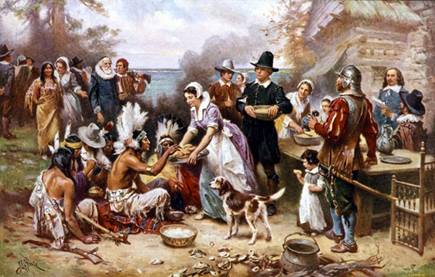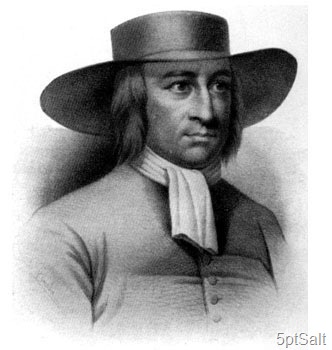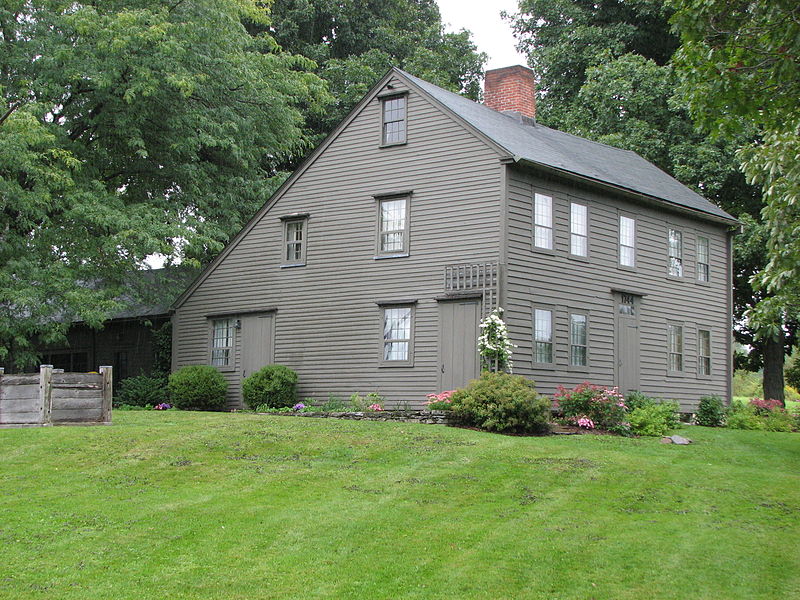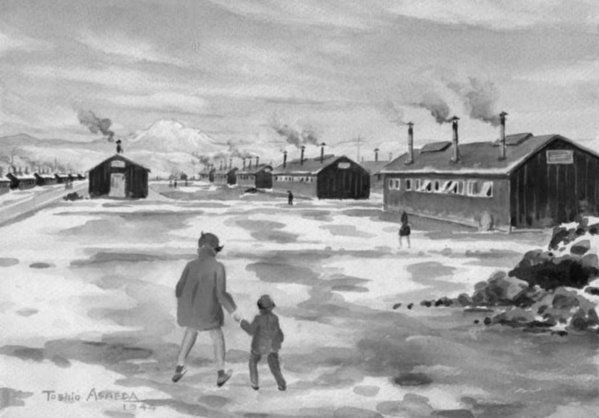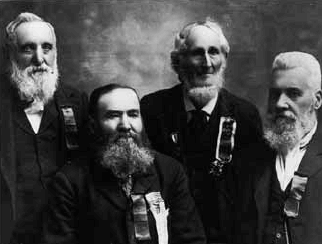Take an Indian to Lunch
When I was a kid my Dad exposed me and my siblings to the satire of Stan Freberg and one of my favorites of all his stuff is the song “Take an Indian to Lunch”, from the classic Stan Freberg album The United States of America. I fear it forever tainted my view of Puritans.
We dig deep into the life of Puritan settlers in a serious way with an in-depth look at the life of Jonas Westover Sr. and Jr in our newest video titled Jonas and Jonas:
Our purpose behind these videos is simply to present our family history in a new way.
We want to engage our younger generations and with so many of them with their faces in screens we are hoping some video family history finds its way to them. This is family history you can share. We hope it gets passed around on social media, used in family nights, and maybe in a lesson now and then.
But by doing this we take some risks.
First of all, for this far-back history especially, it is hard to get the details right in such compressed time.
As I discussed this over the past year or more with my Dad he has always reminded me that we need to make these videos brief. Our first video was 2-minutes but our last two have been better than 7-minutes each. I’ve blown off the brief-video counsel twice now, it seems.
What’s hard is knowing what not to include. We want to be entertaining and we want to be complete. How to do that while being brief?
I lose sleep over getting something wrong. I live in fear that one mistake will discredit all of our other efforts. When you’re going back 300 to 400 years how can you really know?
And I fear I will editorialize, or, worse, slip in a little Stan Freberg or something equally — and inappropriately — light-hearted.
I’m being serious. In a parallel life I have written about the topic of Christmas for 25 years now and part of that has been a rather exhaustive study of Christmas history. Puritans very famously did not celebrate Christmas, at least as we know it, and that too has affected my opinion of them. How could it not? And how can I not talk about that?
If you’ve read this far and haven’t watched the video yet — relax. I didn’t talk about Puritans and Christmas and there’s no Stan Freberg. I restrained myself.
I am learning that every life history has holes.
While you don’t need a day-to-day record to get a good read on a person the more detail you can find the better. Where the information is thin the questions multiply — and so do the theories. And that is where a lot of trouble gets stirred up in doing family history.
So in producing these things I’m attempting to stick with just the facts.
This 7-minute video of the 80-year life of Jonas Sr. and his eldest son has taken weeks of research and has touched on more publications than I care to admit.
It seems a bit of a disservice to cover such a life in so short a window. But in this case, those were the facts I could confirm. I am sure that as time goes by we will uncover more verifiable information about Jonas that we can add to our record.
I am receiving some feedback on the videos and on the site over all. I’m gratified at the response. And yes, we’re working on more videos. in fact, we have about five in various stages.
For now I’m focusing mostly on individuals who lived before William Ruthven Westover.
In my view this becomes a much bigger and more difficult job to feature folks who lived closer to our own time. I’m not sure yet how I would approach doing a video about my grandparents, for example — especially since my Dad and his siblings are still living and have a lot to say. How any of that gets covered briefly is really beyond me. For now, I’m putting that responsibility on them.
For now, there are lots more videos we can do of a low-hanging fruit variety to keep us busy.
Some are asking — what about the Riggs? What about the Smiths? Or what about whoever?
And the answer is yes: we want to be as inclusive as we can. We want to get to them all.
And we want to involve more people in producing these things as we can.
I’m thrilled to report that one of my favorite cousins has agreed to voice a video and that Dad too will not only narrate but write an upcoming video. This excites me greatly and I invite as many others as want to jump in here as we can possibly get.
The lessons I’m learning by doing all this are many. The miracles I’m experiencing are NOT insignificant.
I am growing in respect and admiration for my ancestors and I feel inspired as I learn more about them.
One of the things I’ve discovered about these 17th and 18th century Puritan ancestors is that they usually created some sort of will towards the end of their lives. A common thread I’ve noticed after they have discussed the disposition of their worldly goods to various family members is an expression of faith — a testimony! — right there in the will.
It’s the coolest thing.
I’ve seen enough of these things now to not only feel the Spirit of what they are expressing but to change my mind about my own will. What examples they are.
And, for the record, if you must, you can catch Take an Indian to Lunch right here.
